There’s something about Africa that reorders your senses. The vastness of the landscape, the silence interrupted only by birdsong or lion calls, and the feeling of being deeply – almost spiritually – unplugged.
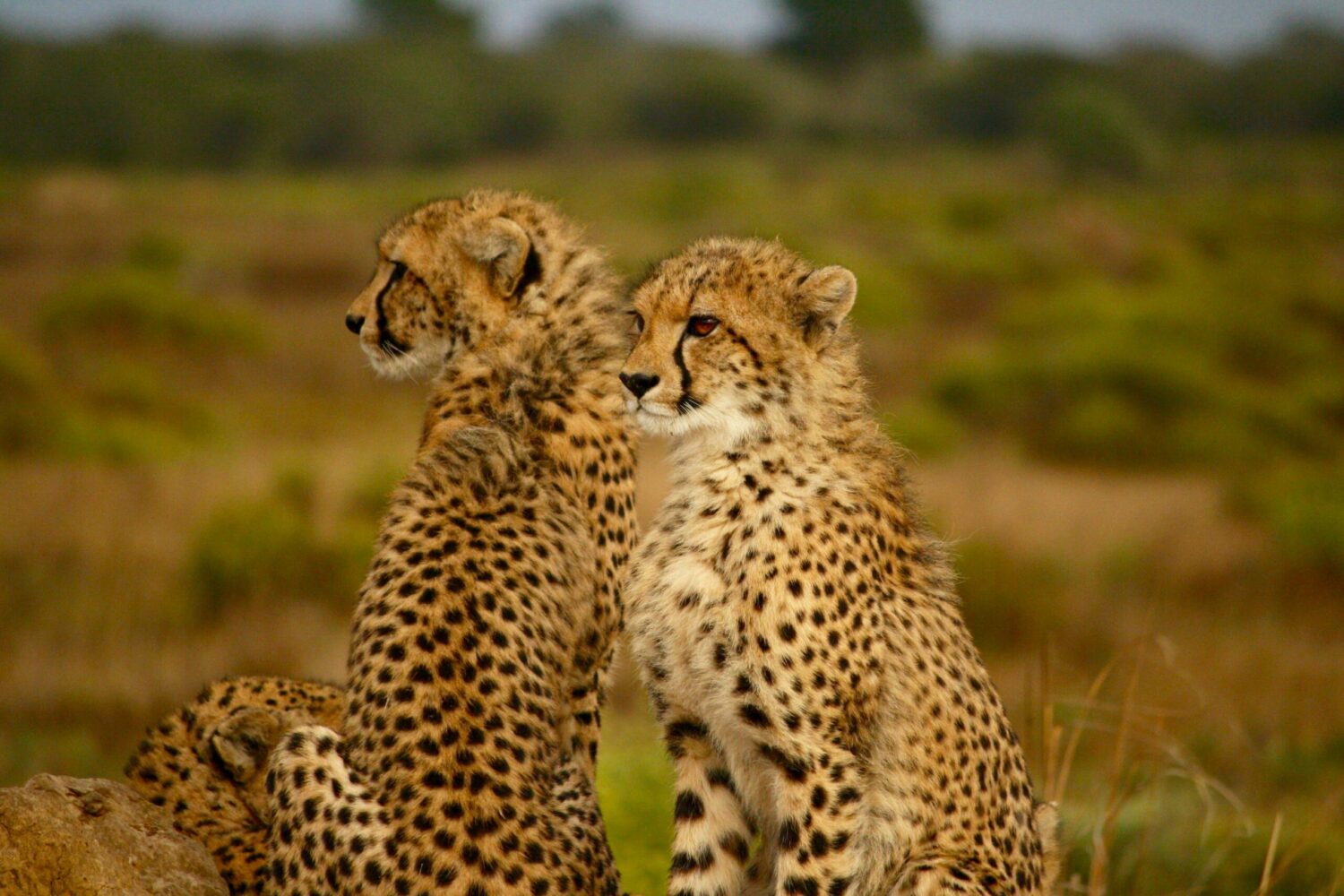
Why Africa?
For many of our clients, their first time on safari ends up being one of the most transformative travel experiences of their lives. It’s not just about seeing elephants and lions up close (though, yes, that part is wildly thrilling). It’s about complete disconnection from the buzz of everyday life, and reconnection with nature, yourself, and the rhythms of the wild.
If you’re a wildlife enthusiast or someone who’s always dreamed of wide open spaces and golden horizons, this guide is for you. Let’s walk through what to expect, how to choose between Southern and East Africa, and why planning this kind of trip with a travel advisor makes all the difference.
South Africa vs. East Africa: How to Choose
Both regions offer unforgettable safari experiences but they deliver them differently.
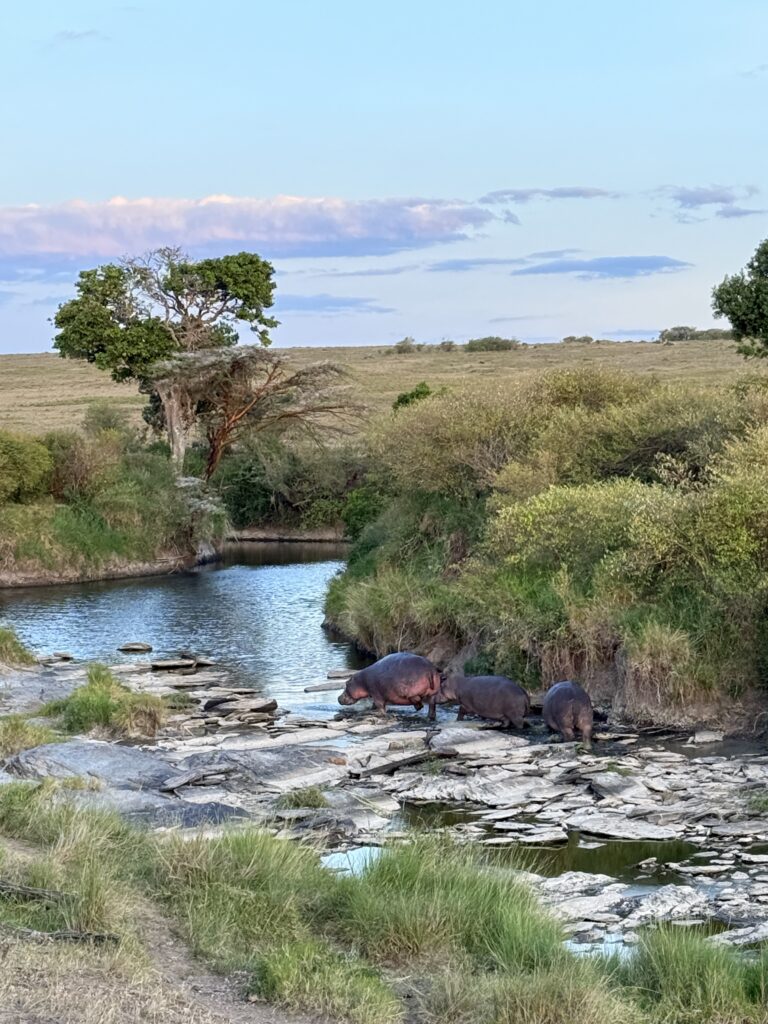
Southern Africa (South Africa, Botswana, Zambia, Zimbabwe)
At Jen Terra Travels we often recommend South Africa to first-timers thanks to its well-established infrastructure, ease of access, and range of safari lodges and camps for every travel style.
Pros: Easier logistics (larger planes, better road access), malaria-free options, and the option to combine city, coast, and safari in one trip (ask us about twinning, Cape Town + Kruger).
Style: Seamless luxury with strong conservation values and intimate, off-the-beaten-path lodges.
Perfect for: Those who want a smoother first-time safari experience with options for add-ons like the Winelands, the Garden Route, or Victoria Falls.
East Africa (Kenya, Tanzania)
East Africa is majestic in scale and home to one of nature’s greatest shows: the Great Migration, where millions of wildebeest and zebras cross the Serengeti and Maasai Mara in search of greener pastures – read about Jen’s Recent Trip to Kenya.
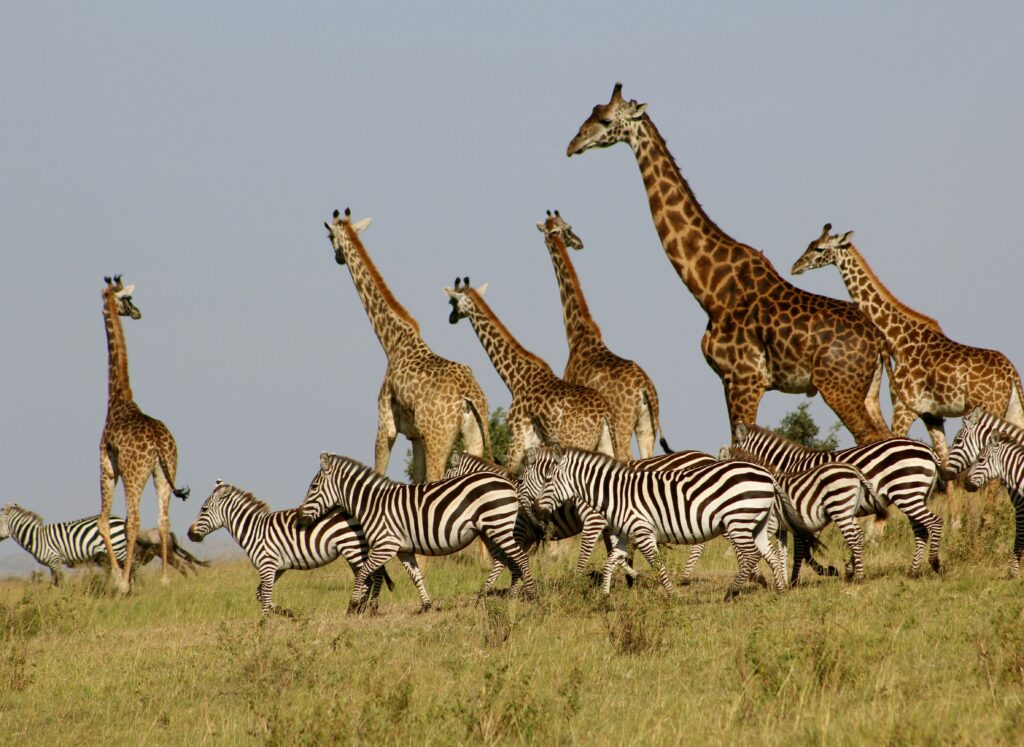
Pros: Iconic wildlife sightings, expansive landscapes, and the cultural richness of the Maasai and other local communities. Many fabulous beach extensions to consider – like Mozambique, Zanzibar & the Seychelles.
Logistics: More remote – many camps are only accessible by small bush planes or helicopters but that adds to the sense of adventure.
Perfect for: Those who want to witness the Great Migration or dream of classic “Out of Africa” scenery and storytelling.
First time safari tip: When it comes to choosing where to go, if ease and variety matter more, start with South Africa. If you’re chasing bucket-list wildlife spectacles, East Africa delivers in a big way.
What to Expect on Safari
Safari isn’t a marathon of activity, it’s a rhythm. And it’s designed to soothe as much as it excites.
Game Drives
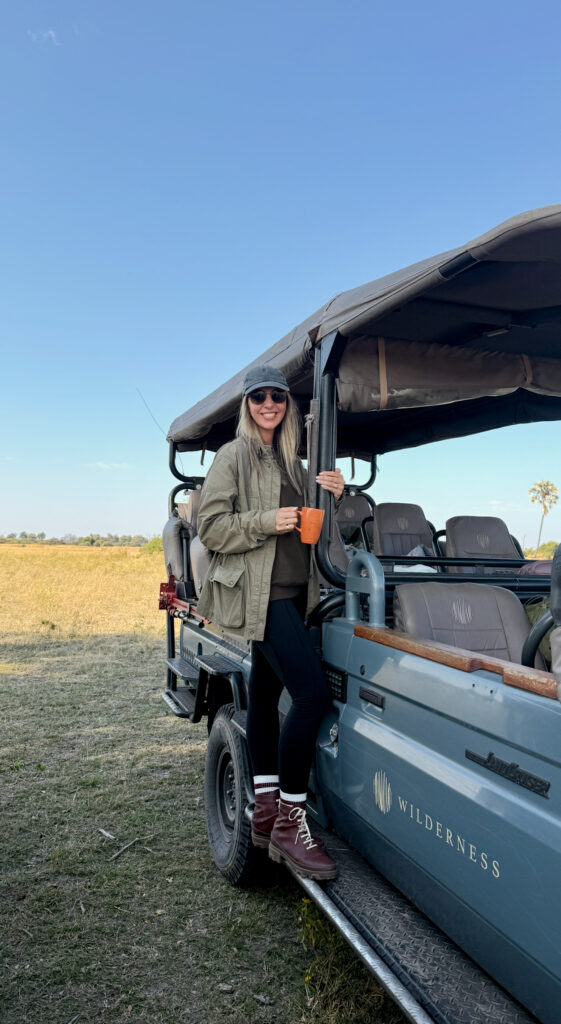
Expect two game drives a day: one at sunrise, the other before dusk. You’ll most likely be in an open 4×4 with an expert guide who helps track wildlife, explain behaviours, and position you perfectly for that elephant herd crossing the river. Morning drives often include coffee in the bush. Evenings end with sundowners – yes, a gin & tonic in the wild is a rite of passage.
Unwind between the Drives
This is where the luxury part kicks in. You’ll return to the lodge for breakfast, maybe a massage, a poolside nap, or a leisurely lunch with a view of the watering hole. Many safari lodges are so beautifully located that you’ll spot wildlife from your private deck, no binoculars required.
The Wildlife
Expect to feel deeply moved. Whether it’s watching a lioness teach her cubs to hunt, or a giraffe silently crossing the plains, being a quiet observer of the animal kingdom is humbling. Every game drive brings a new story.
First Time Safari Tips: What to Pack & When to Go
What to Pack
This isn’t an exhaustive list but a great place to start.
- Neutral-coloured clothing (avoid bright colours and dark blues/black, which could attract unwanted insects)
- Layers—mornings can be chilly, afternoons warm
- A good camera or smartphone with zoom
- Binoculars (some lodges provide them, but it’s nice to have your own)
- Sunscreen, hat, and insect repellent
First time safari tip: You don’t need high heels, evening wear, or an oversized suitcase (many transfers are via small planes with baggage limits).
When to Go
The dry season (May–October) is ideal for wildlife viewing. Less foliage means easier sightings and animals gather around water sources. Rainy season can bring lush landscapes and baby animals but also trickier roads and fewer animal sightings.
Prefer fewer crowds? Consider the shoulder seasons (April–May or September–October), which offer great viewing and more peace at lodges.
First time safari tip: Go during the dry or shoulder season. And don’t overpack – safari style is smart but unfussy.
Why Work With a Travel Advisor
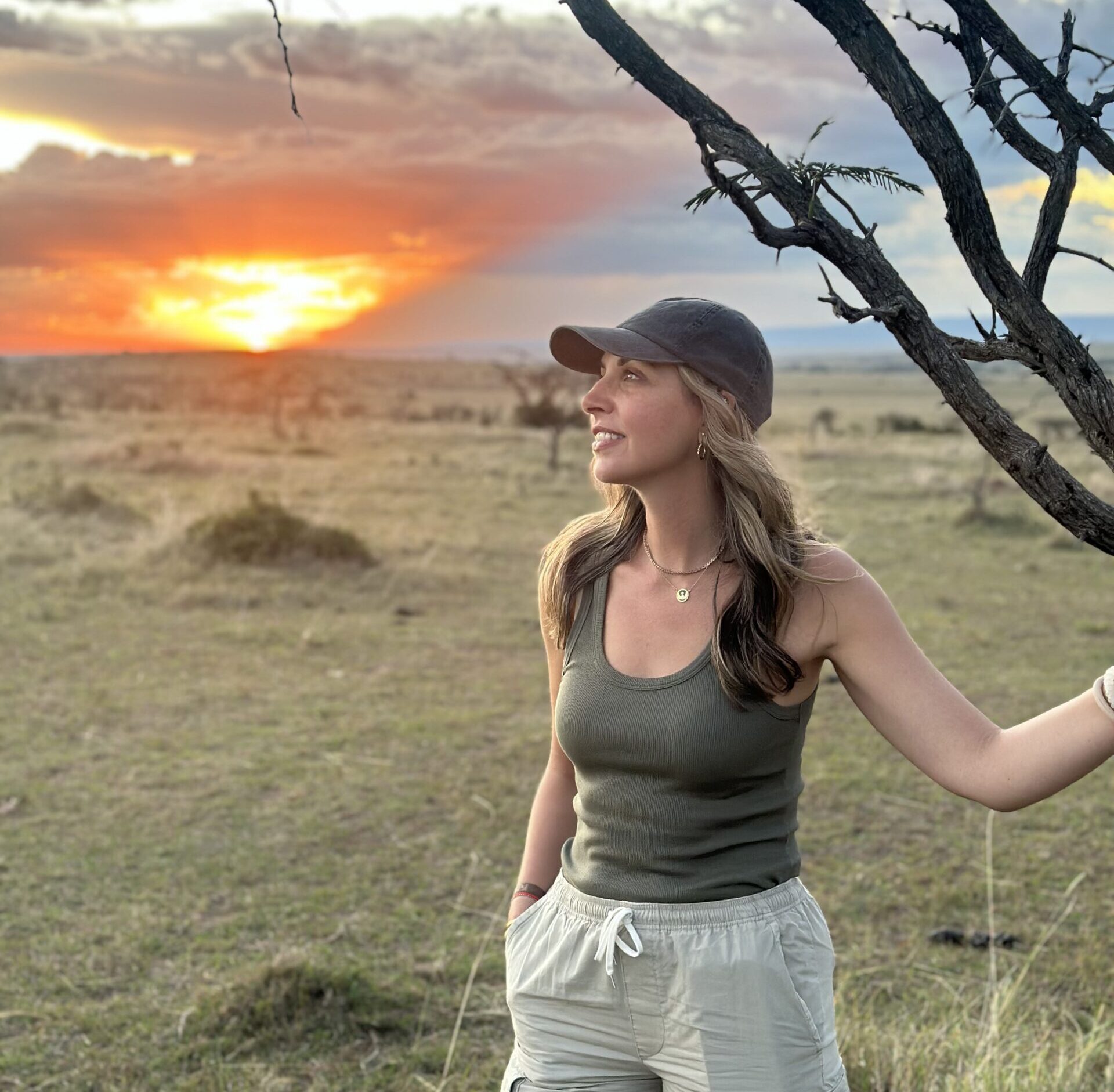
Safaris are not one-size-fits-all. Planning your first time safari with a travel advisor like Jen Terra Travels means you get:
- The right lodge or camp for your interests, style, and budget
- Expert routing to avoid exhausting travel days
- Pre-booked transfers and flights that align (so you’re not waiting hours at a tiny bush airport)
- Advice on malaria zones, visa requirements, and insider packing tips
- Upgrades, priority access, and on the ground support while you’re away
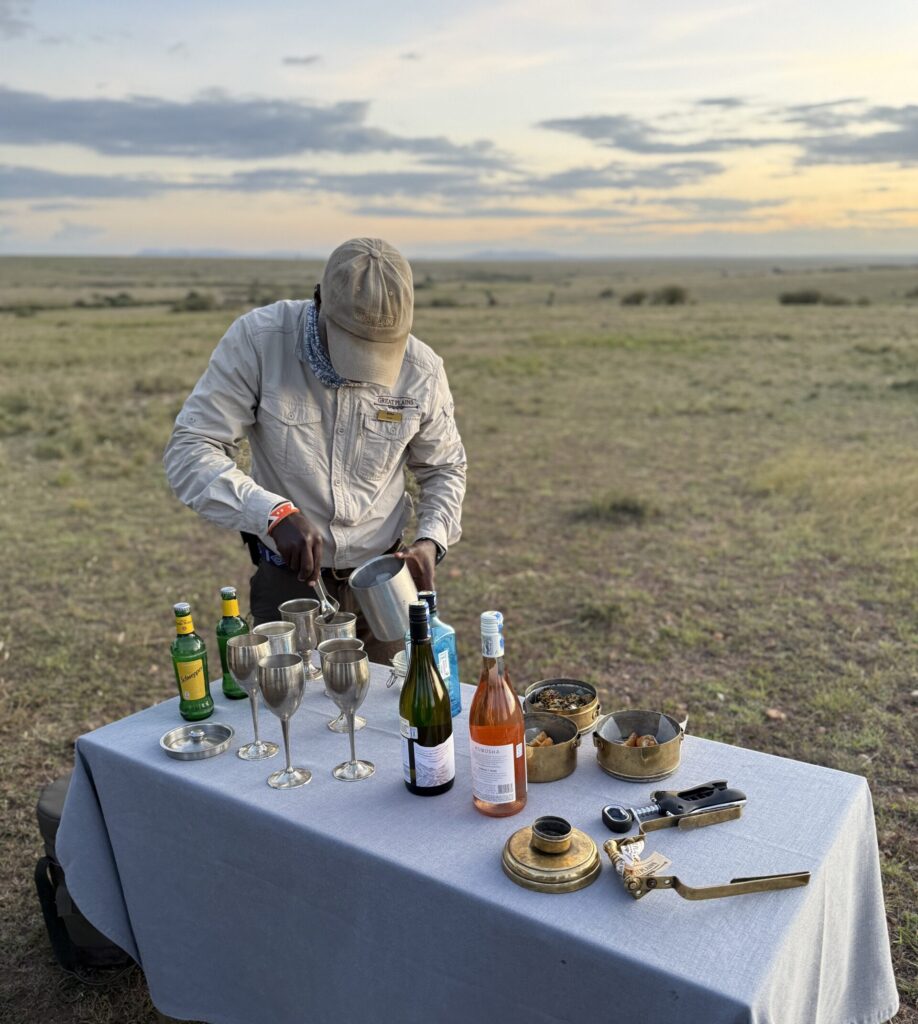
Safari is the kind of trip that’s too important to wing. From witnessing the Great Migration to sipping sundowners by the fire, it deserves to be seamless so you can stay focused on what really matters: being present in the wild.
Ready to Plan?
Your first safari should feel effortless, magical, and deeply personal. Whether you’re drawn to the drama of the Serengeti or the ease of South Africa’s private game reserves, we are here to help you plan a trip that’s well-executed and unforgettable.